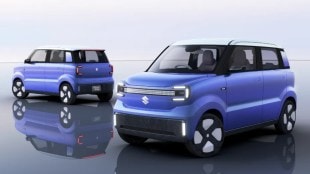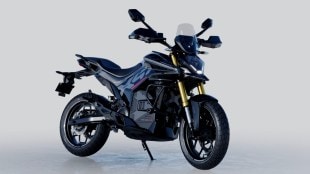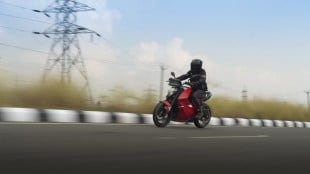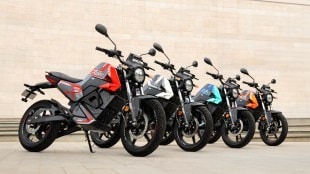The two-wheeler market has entered a phase of sharp polarisation, with the half-yearly sales data released by the Society of Indian Automobile Manufacturers (Siam) showing a widening gap between mass-market commuter motorcycles and high-performance premium bikes. While the once-dominant entry-level segments are witnessing sustained decline, the upper end of the market is seeing strong double-digit growth, riding on rising aspirations and deepening income divides.
The biggest slump has appeared at the most affordable end of the market. Sales of motorcycles in the 75-110 cc bracket fell 4.3%, sliding from 3,006,303 units to 2,877,059 units. The 110-125 cc segment slipped even further, registering a 5.5% drop from 1,878,073 units to 1,775,470 units. The 125-150 cc segment has taken the steepest hit, plunging 33% from 357,991 units to just 240,011 units. These declines cut across all major commuter-bike categories, signalling persistent distress among price-sensitive rural and lower- income urban buyers.
The opposite is true at the other end of the spectrum. The 150-200 cc segment climbed 12.7%, increasing from 616,541 units to 694,924 units. The 200-250 cc set registered an even sharper 28.7% rise, moving from 67,936 units to 87,453 units. The 250-350 cc segment soared 28.9% from 388,350 units to 500,419 units, reinforcing the thriving demand for mid-weight motorcycles. Growth continued further up the displacement ladder. The 350-500 cc segment expanded 2% from 67,197 units to 68,510 units, the 500-800 cc category jumped 19% from 24,227 units to 28,823 units, and even the ultra-niche 800 cc and above category inched up by 0.3% from 1,267 units to 1,271 units.
Industry analysts see these trends not as a temporary blip but as a structural shift driven by contrasting economic realities. According to an expert, financial pressure has battered the entry-level consumer. With BS-6 emission norms, mandatory ABS and rising insurance premiums increasing ownership costs, even the most basic motorcycles have become significantly more expensive. Combined with escalated fuel prices, many potential buyers in this segment have been priced out of the market entirely.
However, Madan Sabnavis, chief economist at Bank of Baroda, said that timing also played a role. He said that many potential buyers in the commuter category postponed purchases in H1FY26 because they were aware of a GST reduction from September 22 and consequently delayed buying decisions. He expects this deferred demand to lift sales in Q3FY26. In contrast, premium motorcycle buyers, who are mostly from higher-income brackets, tend to be far less concerned about timing or incremental price increases, making demand for these categories relatively stable.
Lifestyle-driven consumer preferences are adding fuel to the premium segment’s growth. The 200-350 cc range is proving especially popular among younger riders who see motorcycles as an extension of identity and access to global motorcycling culture rather than a basic mobility solution.
Manufacturers have quickly aligned with this shift. Royal Enfield’s Himalayan 450, Yezdi’s Adventure, Hero MotoCorp’s Xpulse 210 and TVS’s Apache RTX 300 are all positioned to meet rising demand for adventure-touring motorcycles, a category that typically begins at around 210 cc. Even BMW Motorrad is now gearing up to enter this territory with the upcoming F 450 GS.
Another factor accelerating premium-segment momentum is sheer variety. Siam data shows about 40 models in the sub-150 cc market, but more than 100 models across the 150 cc and above categories – 17 in the 150-200 cc range, 14 in the 200-250 cc space, 17 in 250-350 cc, 18 in the 350-500 cc bracket, and 22 in the 500-800 cc segment, with multiple options even in the 800 cc-plus territory.




















